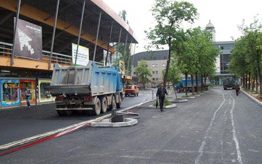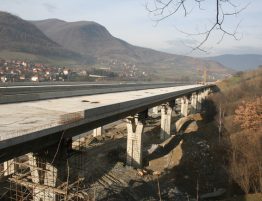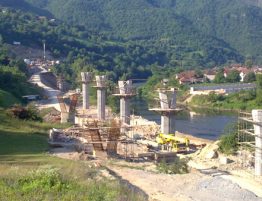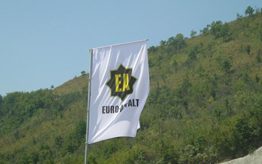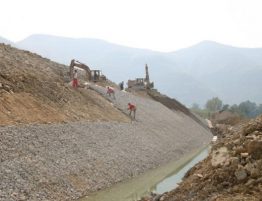
TALES FROM THE BUILDING SITE: SAID DŽAFIĆ ON BUTILA-VLAKOVO SUBSECTION
Head of the LOT3 project and coordinator of the LOT3A on behalf of Euro-Asfalt, Said Džafić: The advantages of Butila-Vlakovo road are already felt by drivers. Sarajevo Bypass is part of a future Pan-European Corridor 5c. It is located north-west of the city, in the valley of the Bosna River. The construction of the bypass has been divided into three sections: LOT1, LOT2 and LOT3. Euro-Asfalt is one of the contractors on this project. Today, as part of our series “Tales from the building site,” we paid a visit to the Butila-Vlakovo subsection, known to builders and Sarajevans as LOT3A
According to LOT3 Project Head and LOT3A Project Coordinator on behalf of Euro-Asfalt, Said Džafić, the section 3A is conceived as a divided motorway with two carriageways, each containing two traffic lanes – one lane for direct traffic and one for overtaking – and one emergency stopping lane. The 3,300-metre subsection Butila-Vlakovo has been completed within deadlines, and its advantages can already be felt by drivers. LOT3A continues right where LOT1 leaves off, in the immediate vicinity of the Butila Junction. It continues south-west towards Vlakovo Junction. This road is important as it allows drivers going from Zenica to Mostar and vice-versa to bypass Sarajevo.
“With this section, we have a continuous motorway from Zenica to Tarčin. The investor’s most likely intention was to connect these two points and alleviate traffic congestion in Rajlovac and the Stup Junction,” Džafić said.
This section also includes Bojnik viaduct which follows the length of the motorway course, and two underpasses, Osijek and Treševine. It was a challenging construction project as it was done in an area prone to flash flooding. This required additional ground preparations prior to the construction of embankments and the road surface, Džafić added, and explained the way building material is selected:
“Each type of building material had to be tested and approved by the supervising engineer. Another round of control testing takes place during the filling process. Therefore all of the prescribed standards and norms for these types of structures have been observed.”
Džafić also briefly reflected on the sound barriers:
“The sound barriers are made of aluminium panels in different colours, which have to adhere to the prescribed type and level of noise protection. The project began in August 2013 and ended in June 2014. We were fortunate to have good weather conditions, except for April and May, which were marked by catastrophic floods. But, thanks to our good approach and organizational skills, we have managed to finish the job,” Džafić explained.

